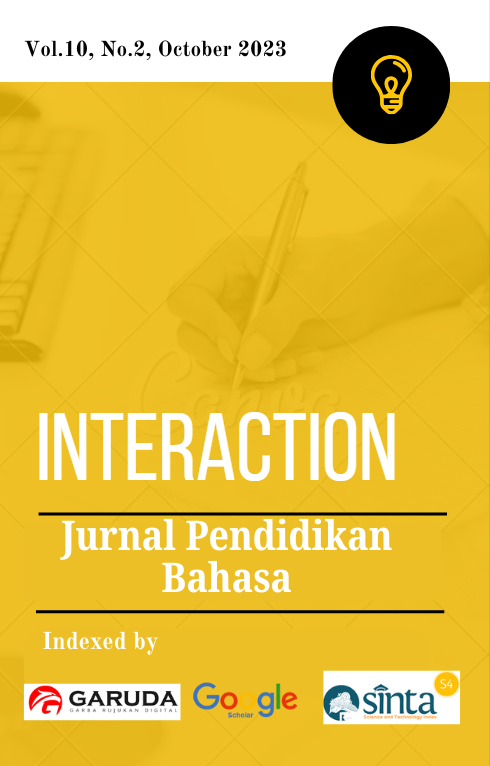The Speech Act and Communication Strategy in English Students Association (Case Study of the English Students Association Muhammadiyah University of Sidenreng Rappang)
Keywords:
: Speech Act, Communication Strategy, English Students Association, Muhammadiyah University of Sidenreng RappangAbstract
This study aimed to 1) describe the types of speech acts used by members of the English Students Association (ESA), and 2) explore the communication strategies applied within the association. The research employed a descriptive qualitative method, with 20 ESA members as the subjects. The data collection techniques included observation, interviews, and questionnaires. The findings revealed that the members of ESA employed locutionary, illocutionary, and perlocutionary acts in their daily communication. Common speech acts identified included warning, requesting, inviting, suggesting, promising, refusal, and commanding. Furthermore, communication strategies such as politeness—both positive and negative—were evident, with members often using direct and indirect forms of communication to achieve their goals. The results also indicated that ESA members were interested in and actively engaged in utilizing speech acts and communication strategies in their interactions. This was evidenced by the average questionnaire score of 82.30, categorized as high interest. The findings suggest that understanding and applying speech acts and communication strategies enhance the effectiveness of communication within the organization.








